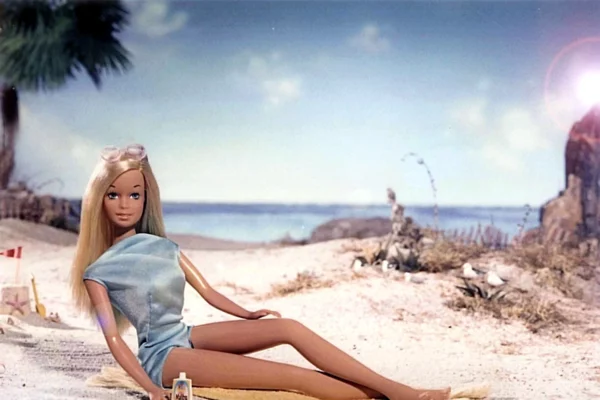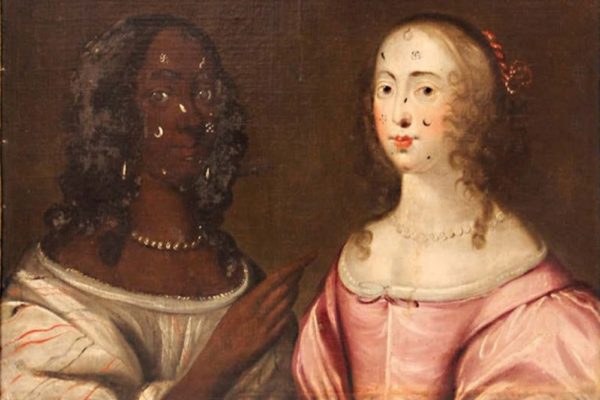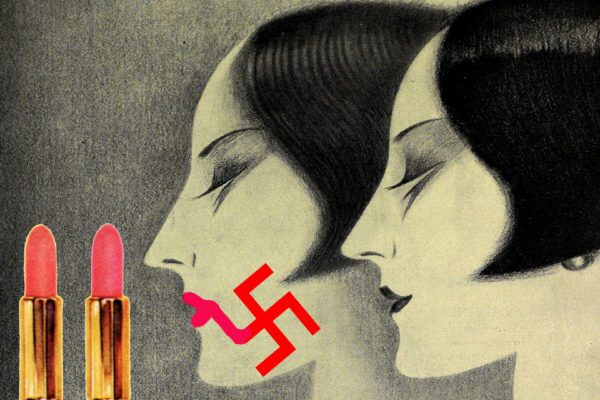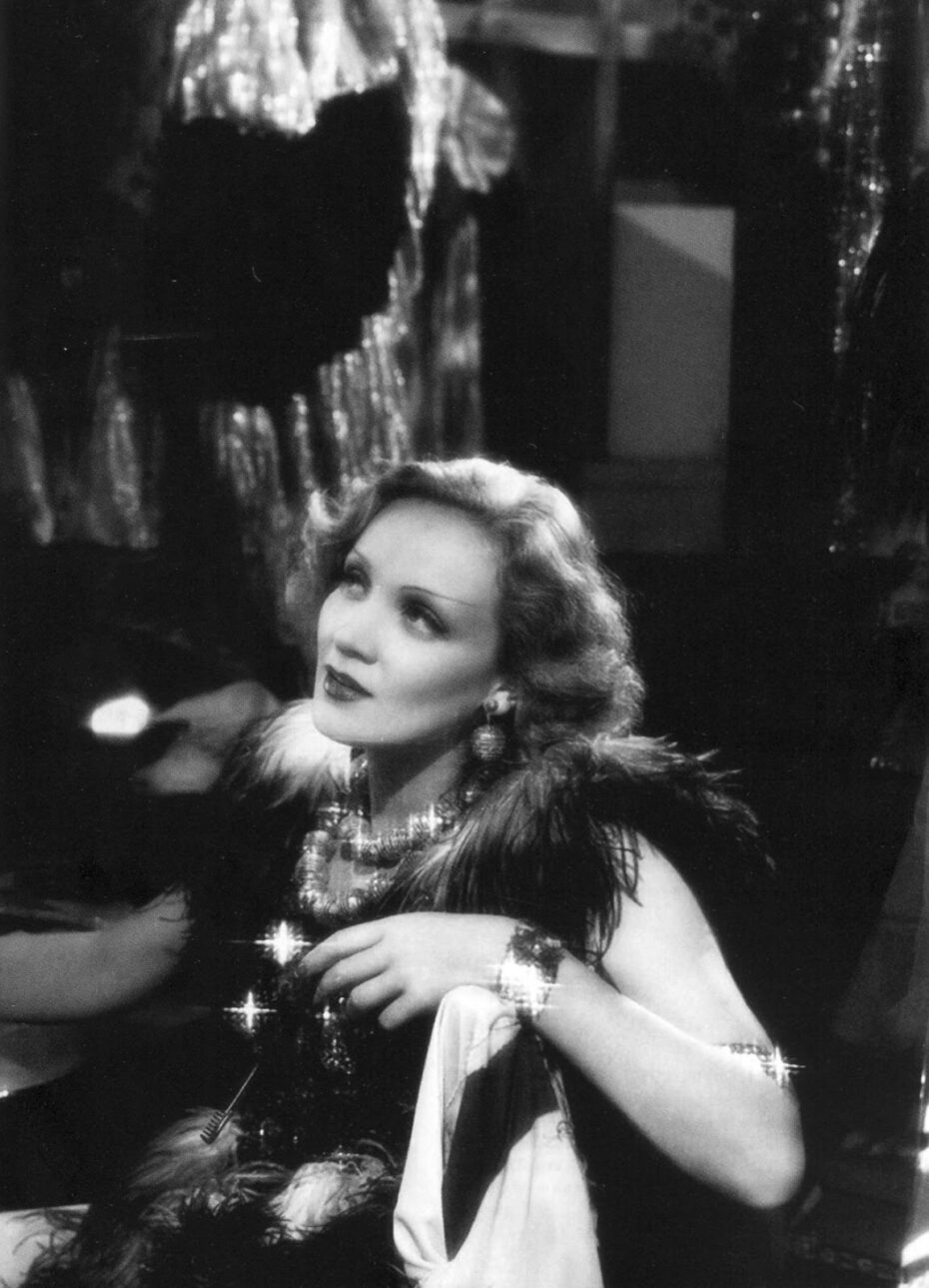
Our eyebrows are arguably our most expressive, and some would even go as far as to say, dominant, facial features: they frame our faces, their expressions speak louder than words and what these non-identical twins say about the windows to our soul can be, well, rather telling, without us having to utter a word. How uncanny, too, that the configuration of an eyebrow can conjure up an entire time-period in history in the mind’s eye, and with it the socio-political vibes and emotive connotations attached to that era? Eyebrow shapes and sizes seem to forever be subject to the volatile pendulum of the fashion universe and it seems, like hairstyles, we simply can’t stop meddling with the eyebrow. Exactly how they’re shaped and presented – dressed up or down, maximized or minimized, downplayed or emphasized, bleached or kohled, micro-bladed, tattoo-ed or implanted – conveys a multitude of subtle messages about us and the times we live in. Just recently a ‘new-old’ trend has reared its head again and the forever-oscillating eyebrow dial has started to veer towards a return to the penciled-in, ultra-skinny brow after a good two decades of favouring a certain bushiness above the eye.

When Rihanna appeared on the cover of British Vogue in 2018 sporting ‘new’ severe pencilled-in brows reminiscent of screen siren Marlene Dietrich in the twenties, it was only a matter of time before the trend inconspicuously receded back into prominence and into the mainstream. But now that the thin line has been crossed and even slimmer lines and curves than those of the 1920s, 30s, 70s and 90s are back in vogue, every fashionista worth their salt better sit up and take note. For the brow is the beauty preoccupation of our time and the cornerstone of every acceptable pouting selfie – the gazillion Insta-worthy eyebrow product and grooming posts are testament to the fact that we can’t take our eyebrow obsession any more seriously.
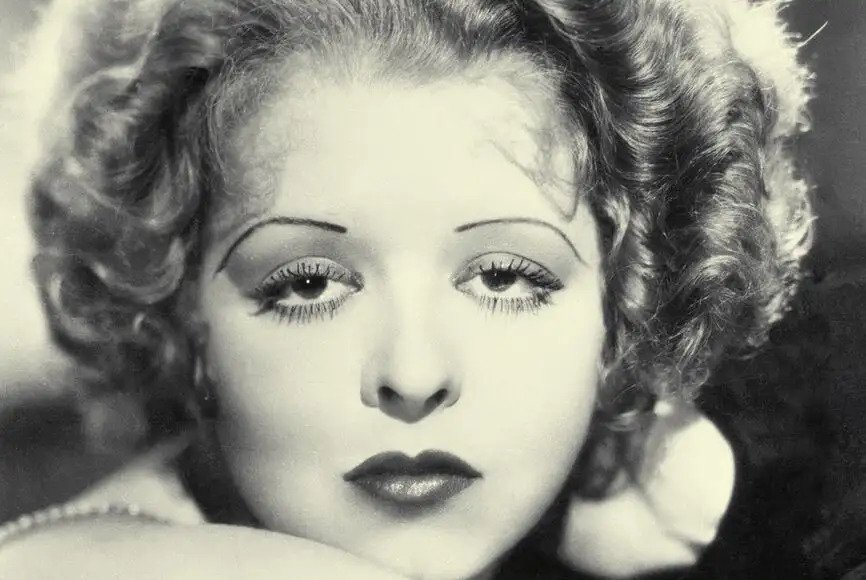
The eyebrow has certainly been all over the place over the past hundred years, starting of course with the Roaring 1920s, perhaps the ultimate era of the whimsical skinny brow. With the rise of Hollywood and its silver screen goddesses, the newly liberated (white) woman with the right to vote now provocatively flaunted skimpy hemlines and short hairstyles and wore unapologetically dramatic and ‘artificial’ make-up. Silent films relied on facial expressions for effect, and here’s where the brow got to play its first dramatic part. Thin, elongated and sloping, with the tail of the eyebrow drooping down on the side of the face, they created a melancholic and graphic effect in the absence of colour and sound in film.
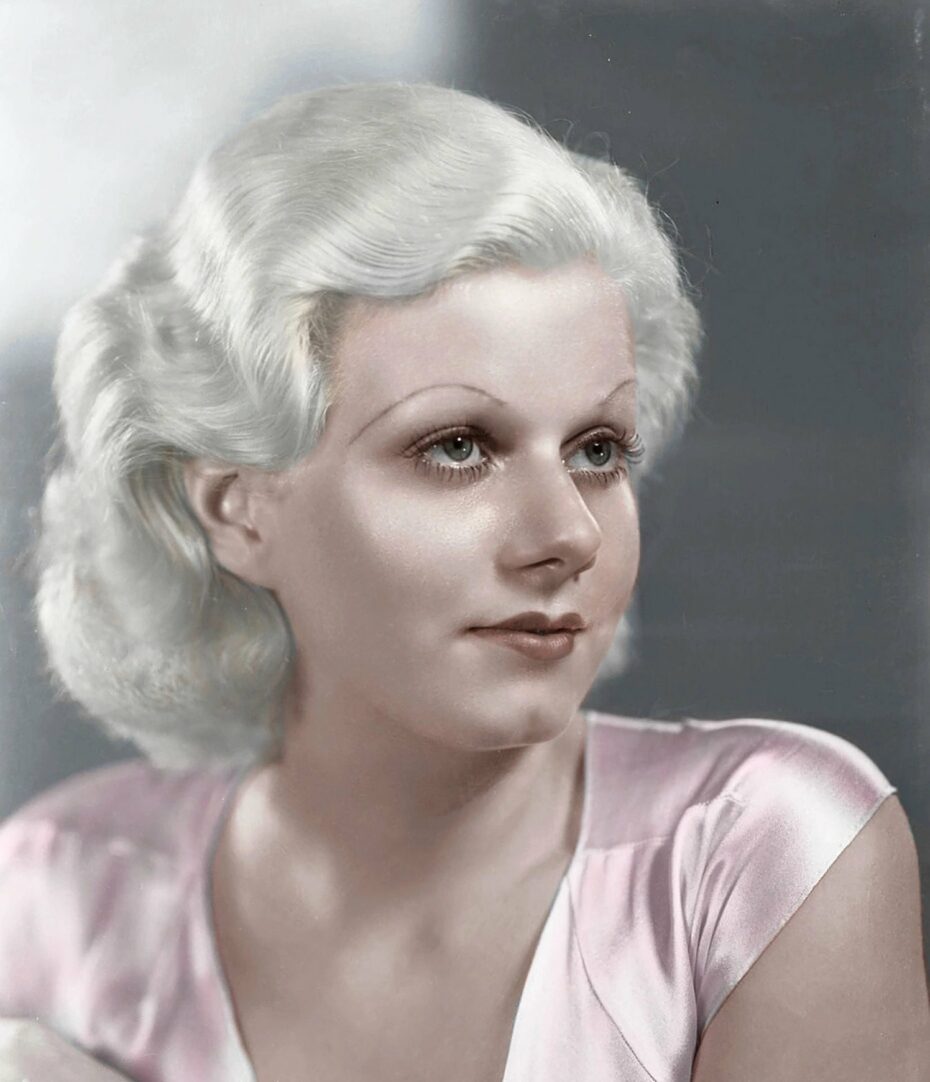
Framing the face perfectly, these signature brows were perfectly suited to the medium of the silent movie, they were super animated and high-impact, elevating 1920s movie stars to muses and icons. On a practical level, whether performing or partying, these drawn-on eyebrows could readily be applied to suit the situation. There are a few icons who we remember best for championing that iconic look.
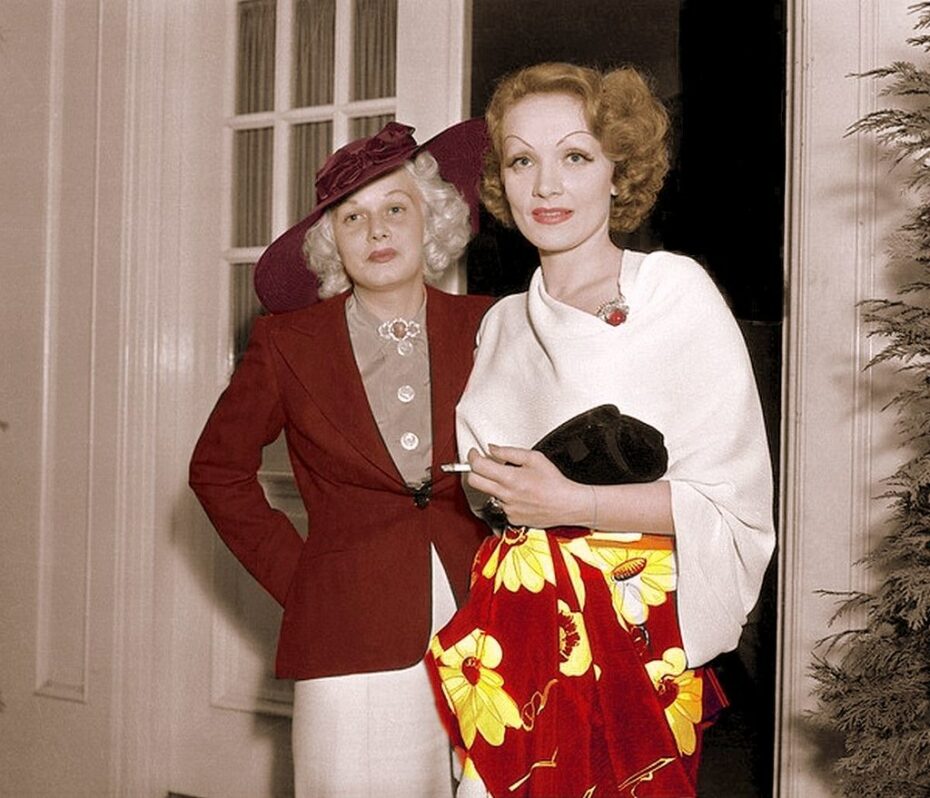
German-born actor and singer Marlene Dietrich is arguably the best-known 1920s and undisputed 30s skinny brow icon. It was particularly in the 1930s that Dietrich’s glamorous looks characterised by her expressive, razor-thin eyebrows propelled her into stardom and fame, making her one of the highest paid actors and most recognisable faces of the Hollywood Golden Age.
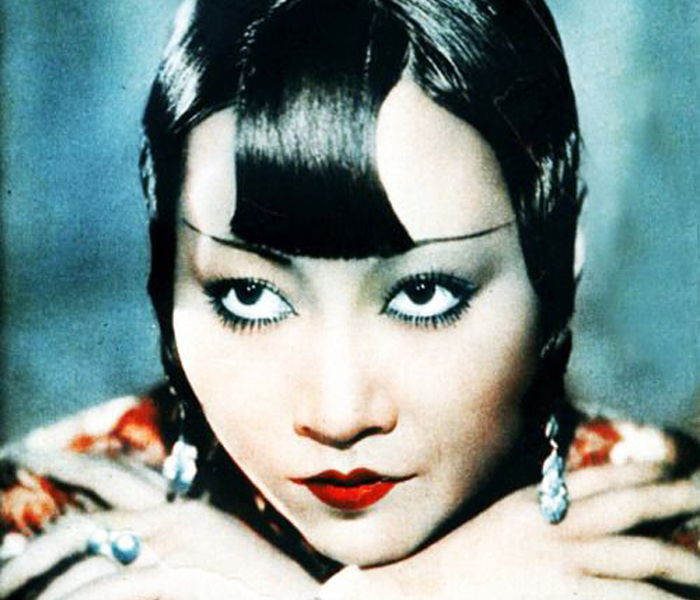
One of the very first flappers of the era, Chinese-American film star Anna May Wong with her perfectly penciled-in eyebrows and velvety complexion, kicked off her career in Hollywood’s silent films, The Toll Of The Sea (1922) – one of the first films made in colour, and The Thief Of Bagdad (Douglas Fairbank, 1924). She recently became the first Asian American featured on US currency, sporting her signature skinny brows on the back of new quarters a century after she landed her first leading role.
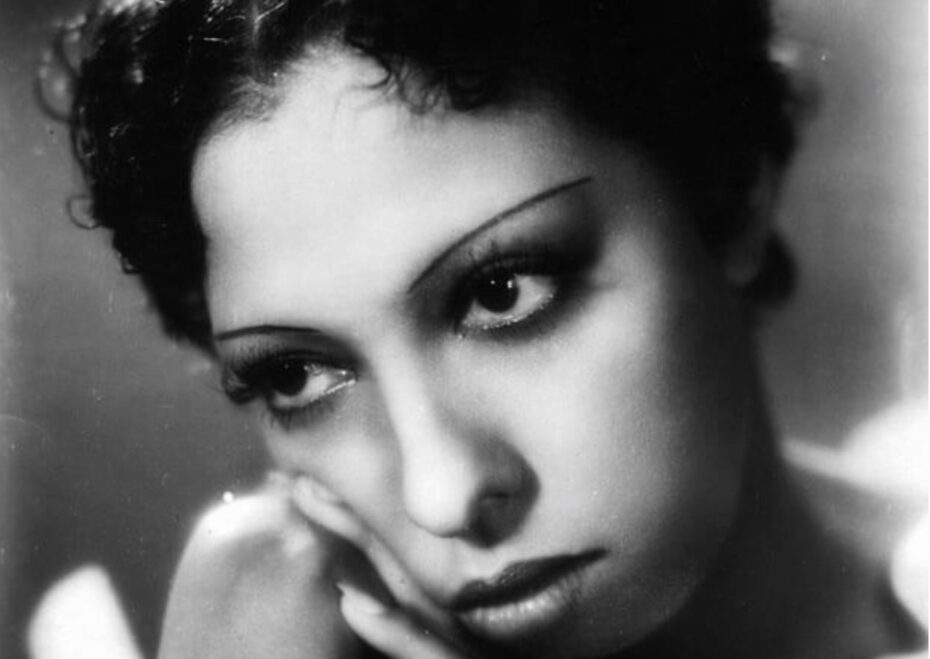
After its skinny heyday in the 1920s and 30s, the brow in wartime 40s became slightly fuller and more natural-looking. Ultimate Hollywood sex siren Marilyn Monroe was the undisputed 1950s eyebrow queen, sporting hers with a certain high-pointed, confidently bold shape. In the 1960s, with social change in the air, women started to experiment much more freely with cosmetics and individuality was key: a whole spectrum of acceptable shapes emerged, from doe-eyed beauty Audrey Hepburn’s straight-tapered, full brows to Twiggy’s minimalistic and short brows framing her exaggerated eyelashes.
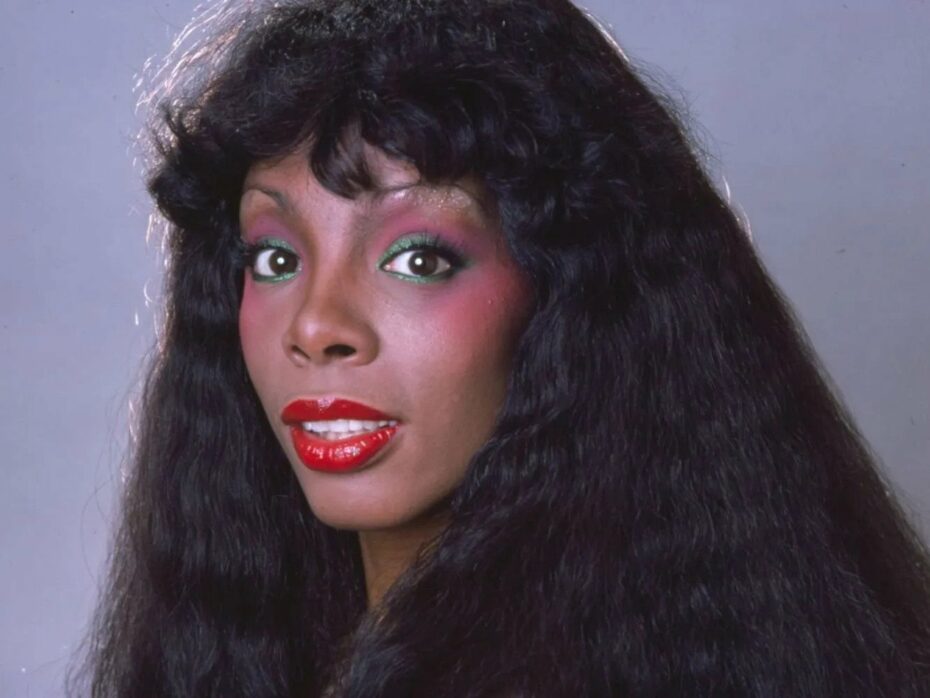
The 1970s disco-era with its colourful divas on the dancefloor (think Donna Summer) called for vibrant eye make-up, and eyebrows became skinny and subtle arches framing the eyes. The 1980s saw the likes of Brooke Shields and Madonna flaunting their bushy brows. Then with the nineties and the early naughties, the tweezers came out again and the over-plucked, razor-thin brow (more of an afterthought than a brow, really) staged a mini-comeback à la Gwen Stefani, whose iconic “No Doubt” era look was in fact greatly influenced by the Latinx community.
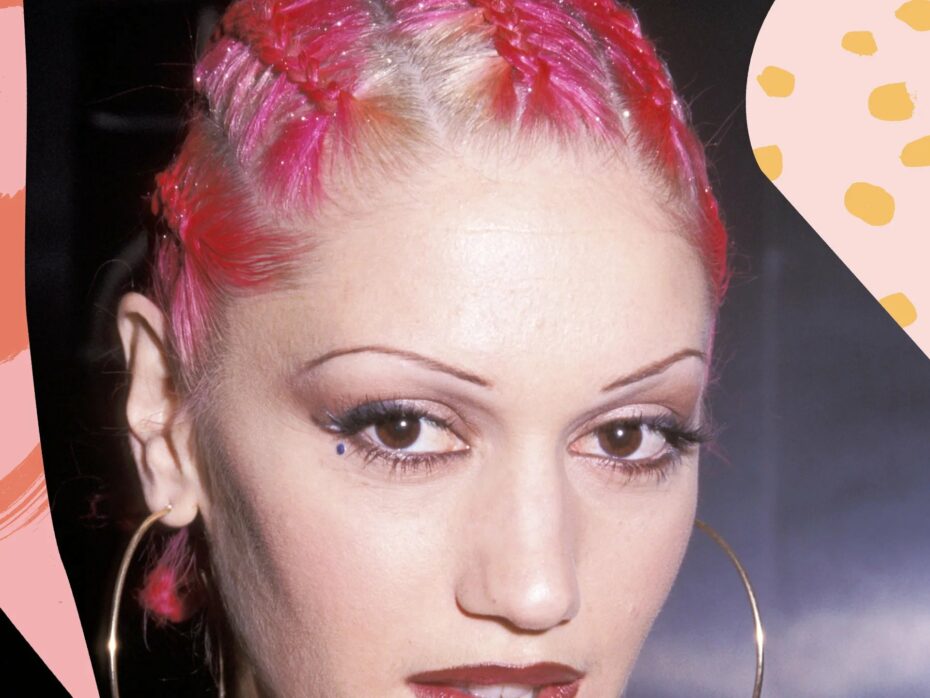
Having grown up a Hispanic neighbourhood outside Los Angeles, the pop star consistently replicated the aesthetic of female members of the Chicano and Latino subculture known as Chola. Throughout the 90s, Gwen wore extreme pencil-thin eyebrows, dark and contrasting lip liner, matte foundation with acrylic nails and hoop earrings. Chola is an identity that dates back to World War II when Hispanic women were trying to put their own rebellious spin on the all-American style of glamorous white actresses the time. With a tough-girl twist on mainstream make-up trends and ideals, “they were a rebel subculture that rejected assimilation into the white, hyper-patriotic spirit of WWII”, writes Barbara Calderón-Douglass for Vice magazine. Having evolved over the decades from the zoot suit-wearing pachucas of the 1940s to the more gang-inspired look of the 90s, the enduring chola identity “embodies the remarkable strength and creative independence it takes to survive in a society where your social mobility has been thwarted by racism.”
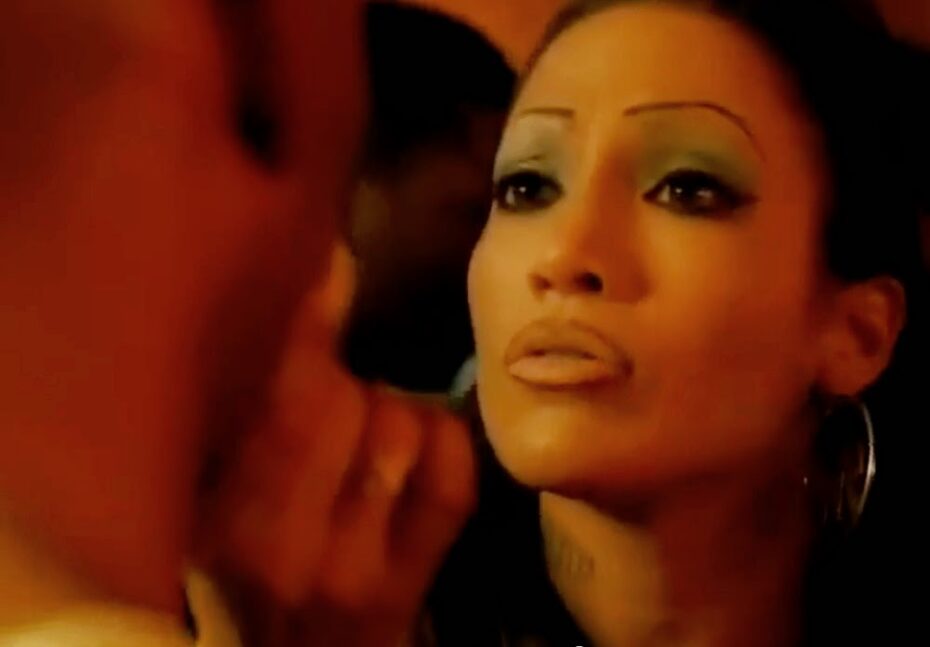
There’s no doubt that eyebrows have had their profound fashion-history moments with notable anthropological and cultural signifiance. In Ancient Egypt both men and women darkened, arched and elongated their brows to balance their heavily-lined eyes, believing make-up had supernatural power. The Ancient Romans, believed the uni-brow to be a tangible sign of intelligence. We know that in the Middle Ages, barely-there brows were having a moment, and it was the forehead that was considered the beauty-defining focal point of a woman’s face. So as not to distract from it, eyebrows and even eyelashes were done away with. Those who left a few straggly eyebrow hairs in place often dyed these a shade of red as a nod to Queen Elizabeth I.
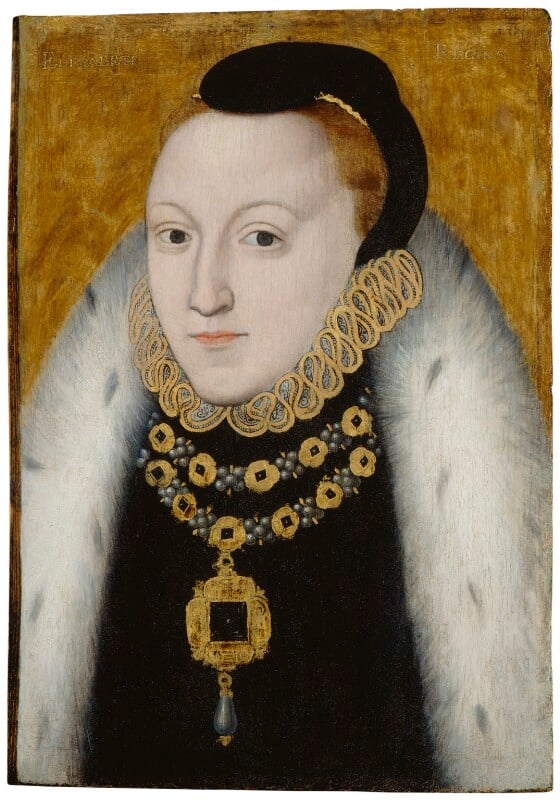
And several hundred years later, here we are again, having emerged from a decade of thick, feathered and full power brows (in part thanks to supermodels like Cara Delevingne who put the ‘wild and woolly’ brow back on the menu for the masses). As the pendulum seems to be swinging back to another era of the austere eyebrow (a sign of the time?), here’s a thought from Victoria Anderson, a researcher at Cardiff University, who points out that the Latin for eyebrow is ‘supercilium’. She says, “It is the root of ‘supercilious’, a way to be superior and look down on other people.”




